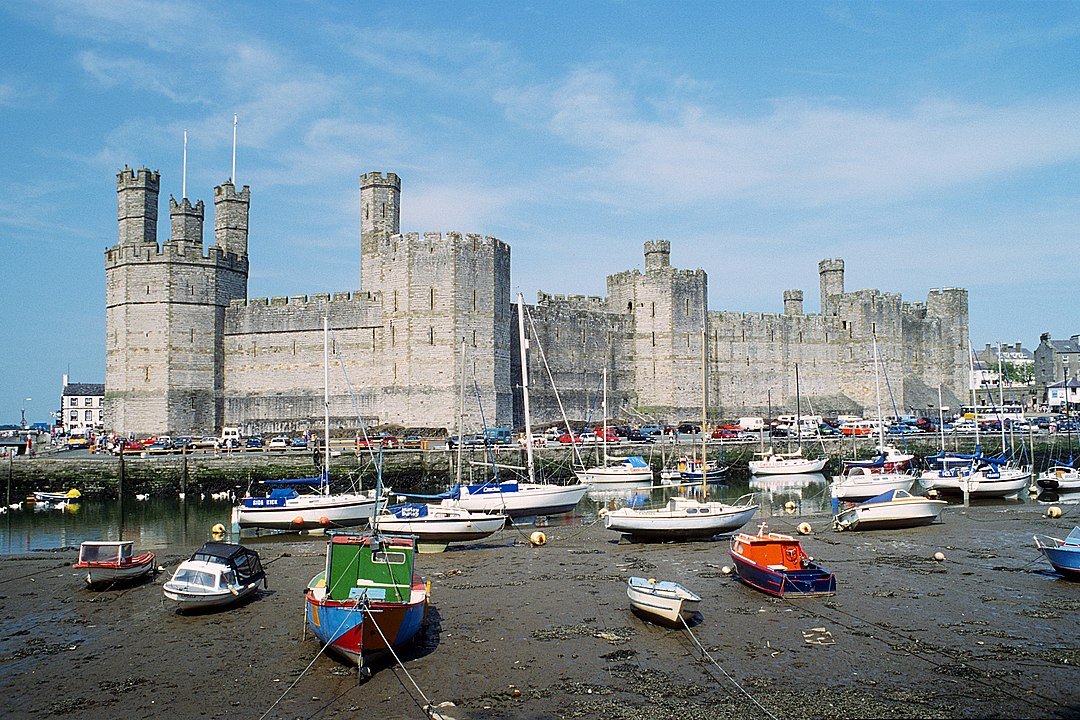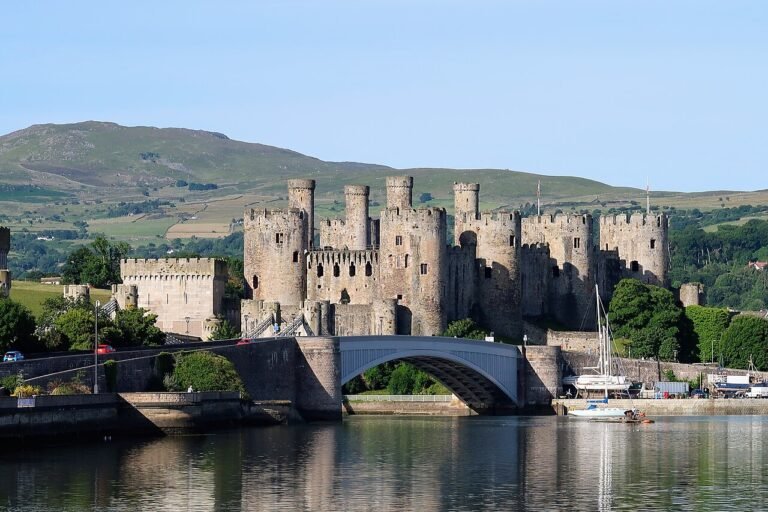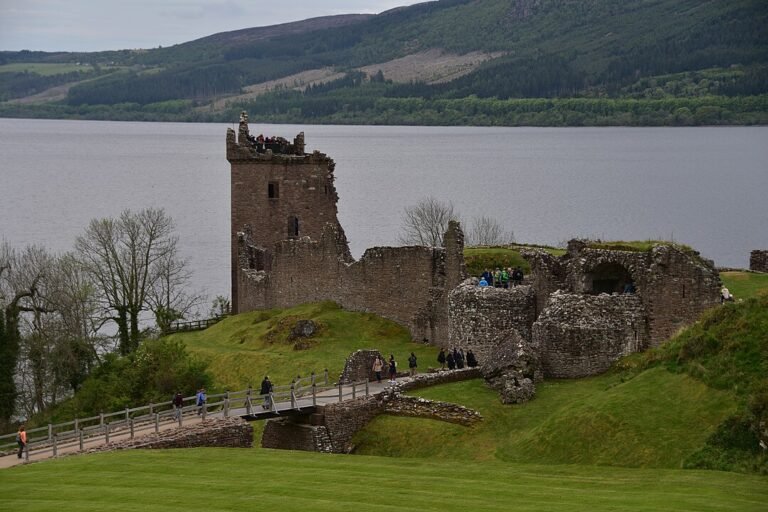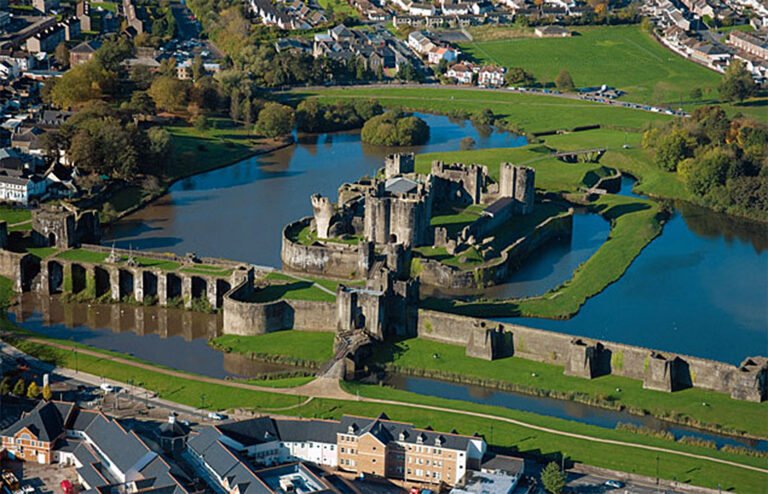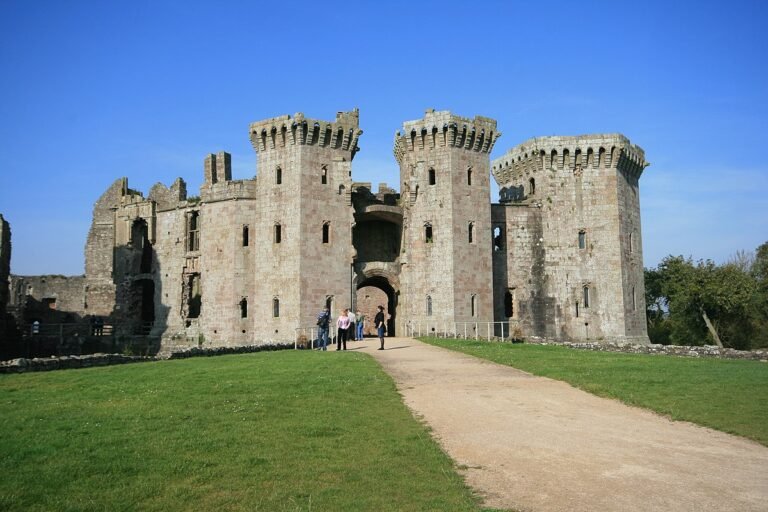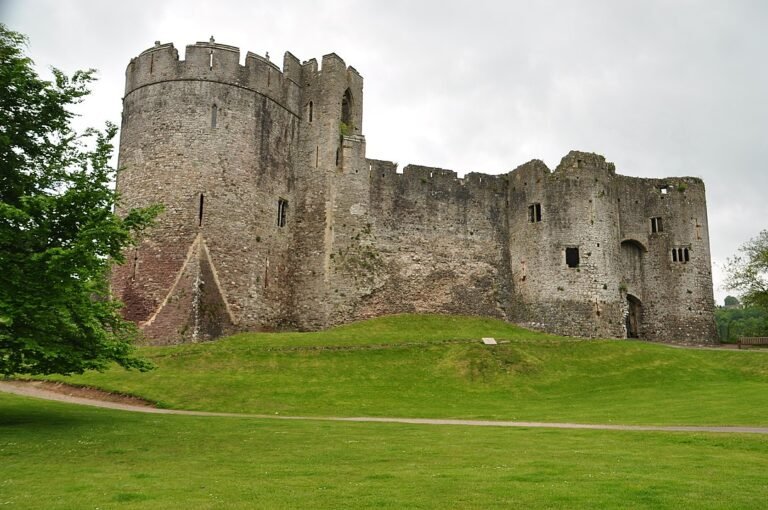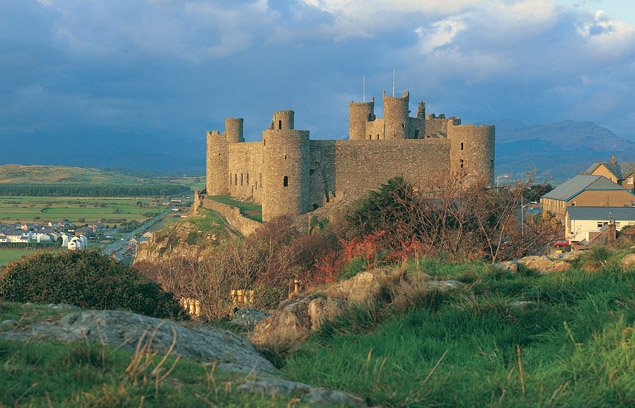Caernarfon Castle: Your Ultimate Guide to Wales’ Iconic Fortress
Introduction to Caernarfon Castle
Caernarfon Castle, nestled in the royal town of Caernarfon in North Wales, stands as one of the most magnificent and historically significant castles in the United Kingdom. A UNESCO World Heritage Site and a favourite among history buffs, photographers, and families alike, this fortress combines medieval grandeur with breathtaking surroundings. Whether you’re tracing the footsteps of Edward I, marvelling at polygonal towers, or soaking in views over the Menai Strait, Caernarfon Castle is a must-visit Welsh landmark.
Caernarfon Castle: History and Origins
Caernarfon Castle was commissioned by King Edward I of England in 1283 as part of his campaign to conquer Wales. The site had Roman roots and an earlier motte-and-bailey castle, but Edward’s vision was far grander. Inspired by the walls of Constantinople, the new design was intended to awe and subdue. Master architect James of St. George oversaw construction, which continued in phases until around 1330.
The castle’s walls incorporate bands of coloured stone and polygonal towers, including the iconic Eagle Tower. Its design symbolised power and domination over the newly conquered territory. In 1284, it became the birthplace of Edward II, the first English Prince of Wales – a tradition that continues today.
Caernarfon Castle: Architectural Highlights
- Eagle Tower: Featuring turrets and eagle statues, it offers panoramic views of Caernarfon town and the Strait.
- Polygonal Towers: Unlike most castles of the era, these add a distinctive visual identity and defensive strength.
- Enormous Curtain Walls: Up to 6 metres thick, designed for maximum defence and grandeur.
- Gatehouses: The King’s Gate and Queen’s Gate are complex, with murder holes and portcullises.
Visitor Information: Caernarfon Castle
- Location: Castle Ditch, Caernarfon, Gwynedd, LL55 2AY, Wales
- Opening Hours (2025): Daily 9:30 AM – 5:00 PM (closed 24–26 Dec & 1 Jan)
- Tickets: Adults £15.20, Children (5–17) £10.60, Family (2 adults, 3 children) £48.70
- Accessibility: Uneven surfaces, narrow staircases; wheelchair access to ground level only
Top Things to See and Do
- Climb the Eagle Tower for unrivalled views
- Explore the interactive exhibits on Welsh and English royal history
- Walk the battlements and towers for a full castle circuit
- Visit the Royal Welch Fusiliers Museum housed inside the castle
Suggested Itineraries
1-Day Explorer
- Morning: Arrive early and tour the castle thoroughly (2–3 hours)
- Lunch: Dine at a local cafe such as Palas Caffi
- Afternoon: Stroll around Caernarfon harbour and town walls
2–3 Day North Wales Loop
- Day 1: Arrive in Caernarfon, visit the castle, and overnight stay in town
- Day 2: Drive to Snowdonia National Park for hiking or take the Snowdon Mountain Railway
- Day 3: Visit Conwy Castle and Bodnant Garden before returning
Eating and Staying Nearby
Where to Eat
- Palas Caffi: Family-friendly with sandwiches, cakes, and Welsh treats
- Black Boy Inn: Historic pub offering traditional Welsh cuisine
- Osteria Caernarfon: Italian dishes perfect for couples
Where to Stay
- Black Boy Inn: Boutique rooms in a historic inn
- Travelodge Caernarfon: Budget-friendly option near the waterfront
- Ty Castell: Cosy B&B for solo travellers and couples
Special Events and Seasonal Tips
- Spring: Ideal for fewer crowds and blooming gardens
- Summer: Peak visitor season with historical reenactments and festivals
- Autumn: Quieter visits with dramatic skies and foliage
- Winter: Peaceful atmosphere; castle closed only on select holidays
Don’t miss the Caernarfon Food Festival in May or summer concerts in the castle courtyard.
Beyond Caernarfon: Other Welsh Castle Gems
- Conwy Castle: Another Edwardian masterpiece just 30 minutes away
- Harlech Castle: A dramatic coastal fortress with stunning views
- Beaumaris Castle: Unfinished but architecturally perfect
These castles form part of the “Iron Ring” built by Edward I and provide a deeper insight into medieval conquest and architecture.
FAQs about Caernarfon Castle
Where is Caernarfon Castle located?
Caernarfon Castle is in Caernarfon, Gwynedd, North-West Wales, on the banks of the River Seiont near the site of the former Roman fort, Segontium.
Who built Caernarfon Castle and why?
King Edward I began construction in 1283 as part of his “Ring of Iron,” a series of fortresses built to secure his rule over North Wales.
What makes its design unique?
The castle’s polygonal towers, multicoloured stonework, and imposing walls were inspired by the Walls of Constantinople, symbolising strength and royal authority.
Is Caernarfon Castle a UNESCO World Heritage Site?
Yes, it has been part of the “Castles and Town Walls of King Edward in Gwynedd” UNESCO World Heritage Site since 1986.
How long should I spend visiting?
Most visitors spend around 1.5 to 2.5 hours exploring the towers, battlements, and museum exhibits.
Is the castle accessible for wheelchair users?
There is ramp access through King’s Gate and a lift to upper levels, but some areas with narrow spiral staircases may be difficult to access.
Can I bring a dog?
Only guide and assistance dogs are allowed on-site.
Who manages Caernarfon Castle?
It is owned by the Crown and managed by Cadw, the Welsh Government’s historic environment service.
Is there food and drink available?
Yes, there is a pop-up kiosk and a café at King’s Gate (open seasonally).
Is parking available nearby?
There is no castle car park, but several public car parks are nearby, including a long-stay waterfront option.
What’s inside the castle?
The Royal Welch Fusiliers Museum is located within the castle, featuring military history exhibits and artefacts.
